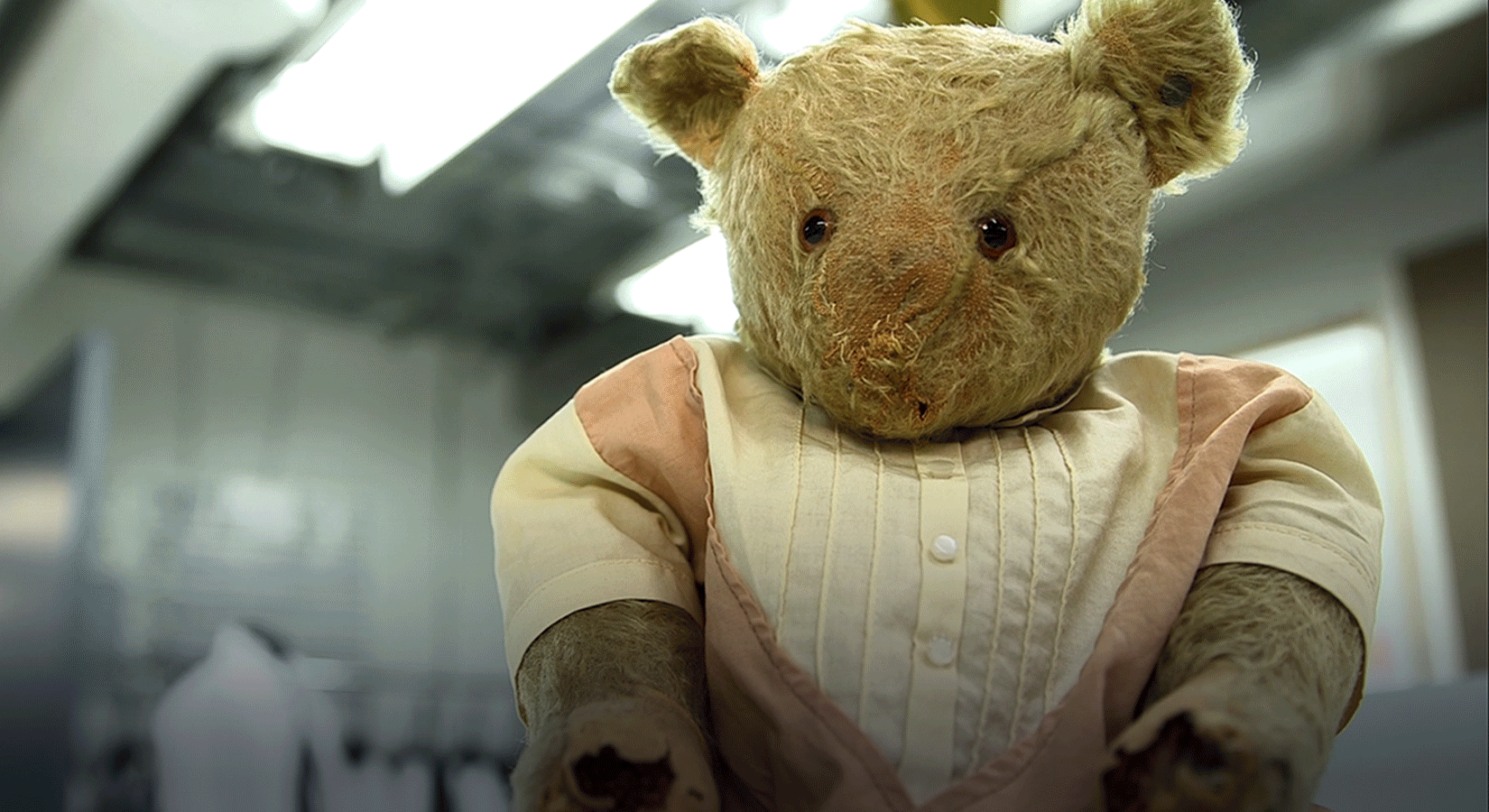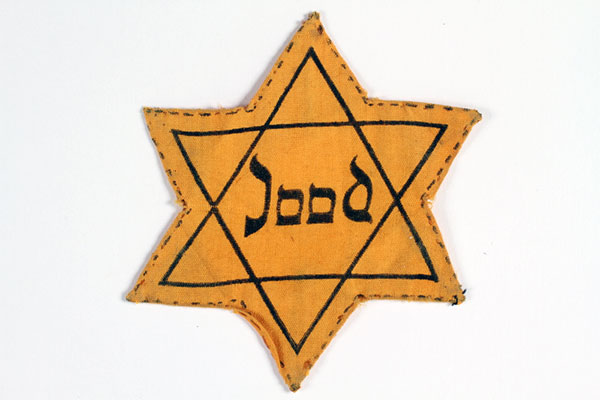Each artifact in our collection has a story to tell. The Artifacts Unpacked video series takes you behind the scenes to learn about the objects the Museum protects and how they keep alive the memory and experiences of victims and witnesses of the Holocaust.
-
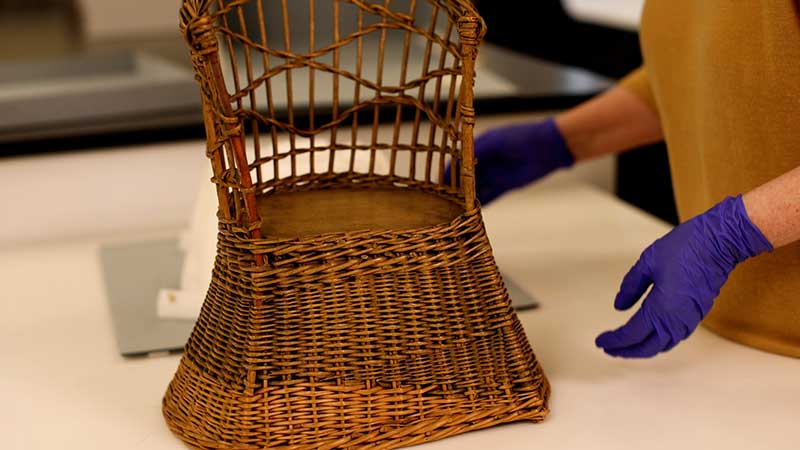
The Wicker Chair
Even while hiding in German-occupied Amsterdam, Louise Lawrence-Israëls’s parents found a way to celebrate her second birthday, surprising her with a wicker chair.
-
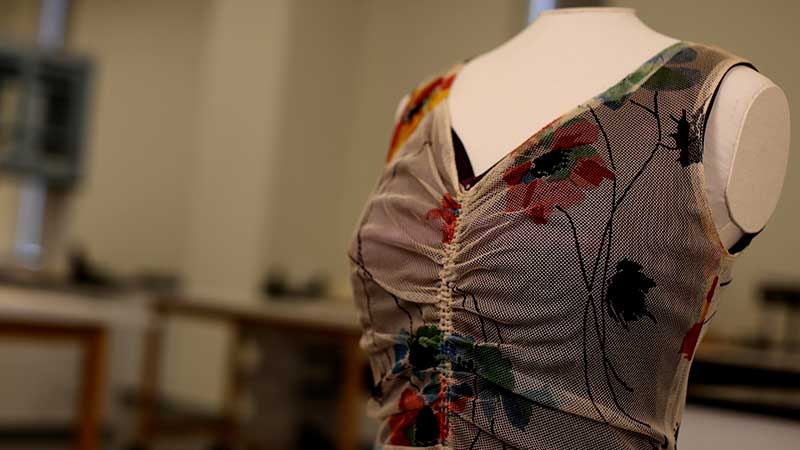
The Evening Gown
Lilly Joseph wore this dress to a celebration after she and other passengers aboard the MS St. Louis learned they would not be forced to return to Nazi Germany.
-
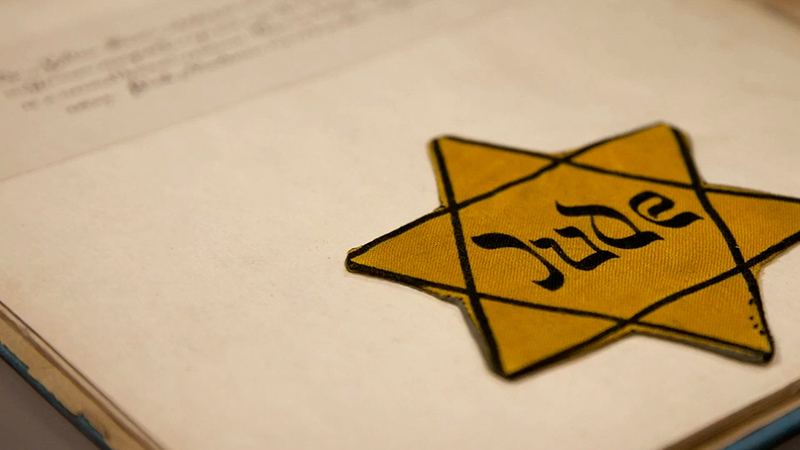
The Star Badge
As a teenager, Fritz Gluckstein was forced to start wearing a yellow Star of David badge in Nazi Berlin. It was a measure designed to segregate and humiliate Jews.
-
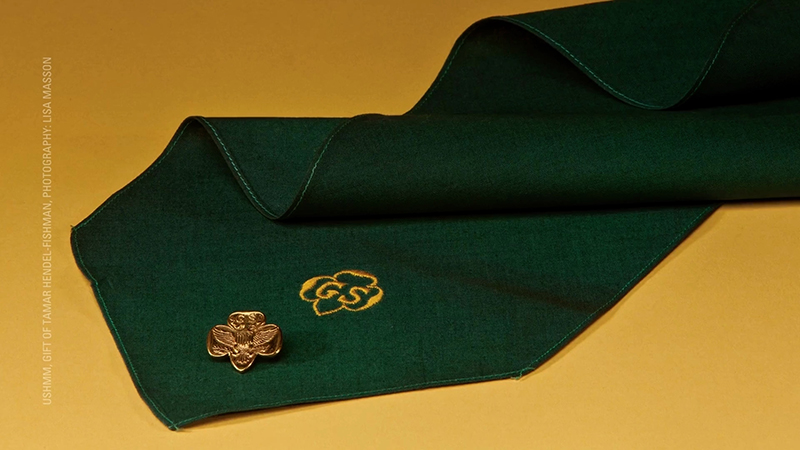
The Girl Scout Sash
The Holocaust had taken a heavy toll on Ruth Hendel’s family and on her childhood. So when they arrived in the United States in 1944, nine-year-old Ruth embraced going to school and joining the Girl Scouts.
-

The Uniform and the Jacket
Otto Feuer’s prisoner clothing helps tell his story of being persecuted for being Jewish. The garments also speak to his resilience after liberation.
-
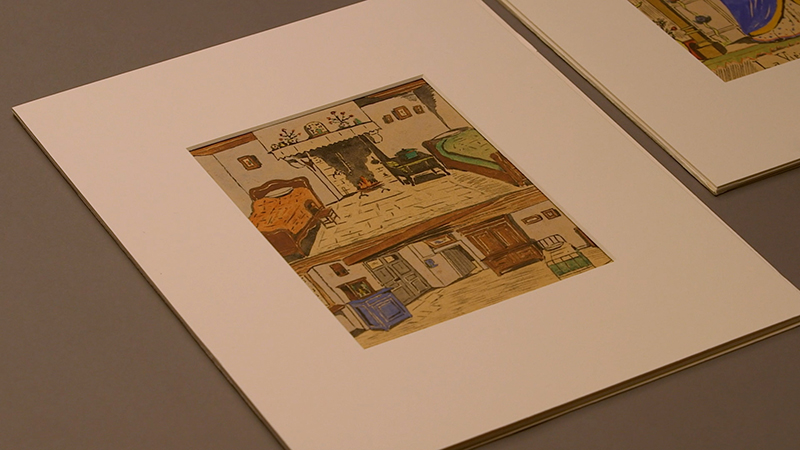
The Teenager’s Paintings
While living in hiding in Nazi-occupied France, Simon Jeruchim turned to art to provide a respite from his loneliness.
-
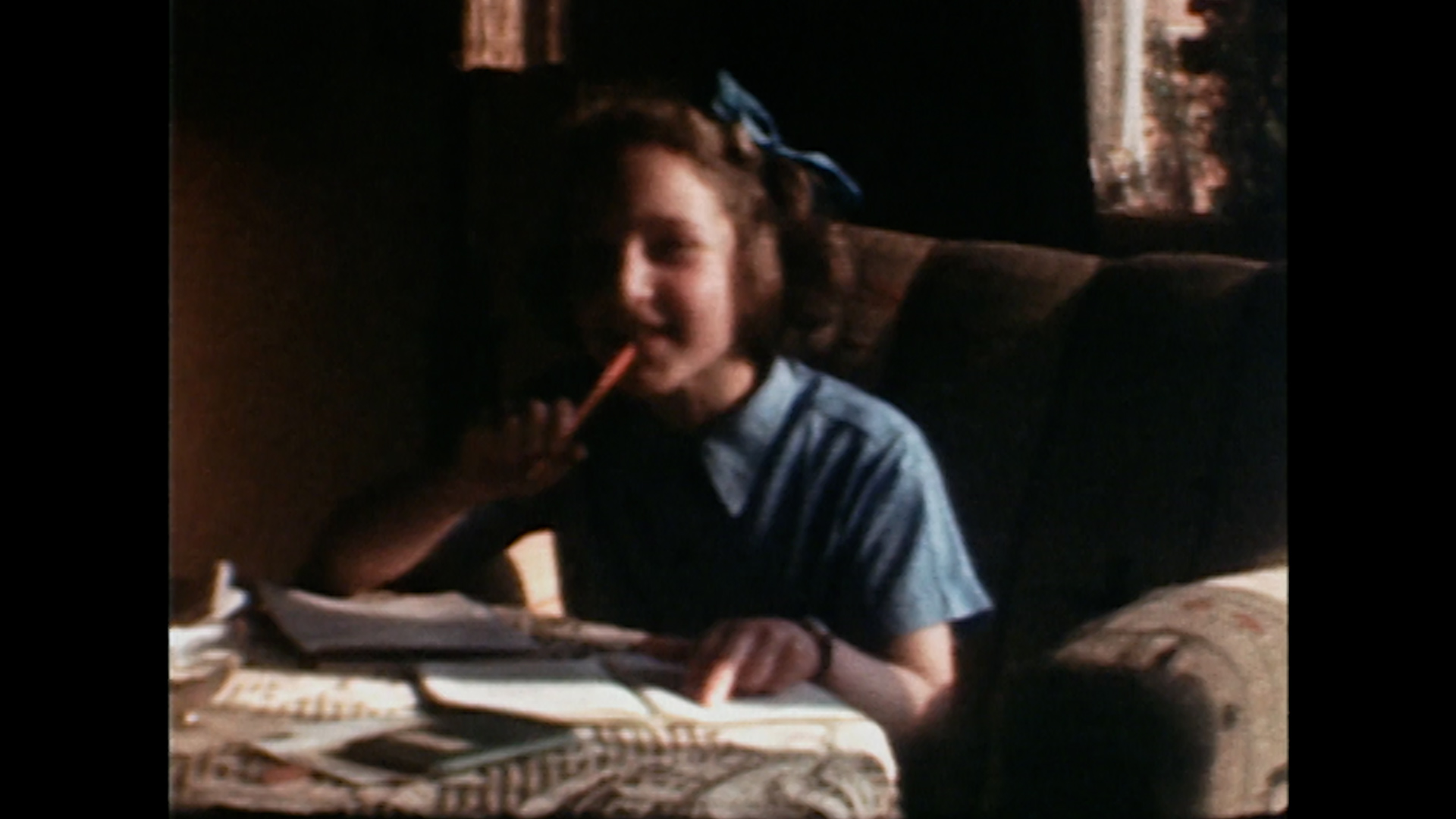
The School Pictures
When it was time to go back to school for second grade, Yoka Verdoner found out the Nazis excluded Jewish children from public schools in German-occupied Netherlands.
-
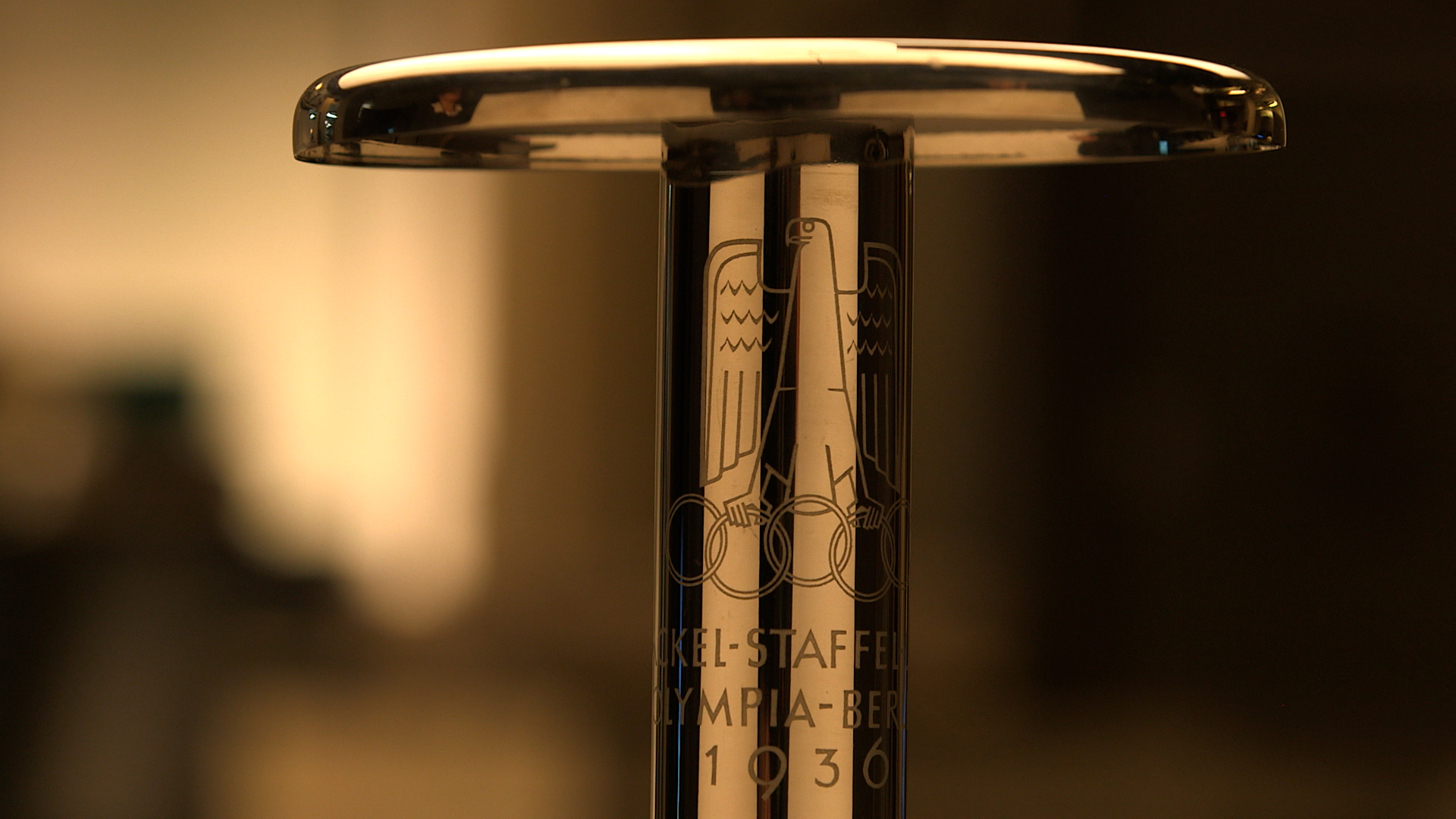
The Olympic Torch Holder
More than 3,000 runners, including Austrian Jew Eric Frisch, carried torches from Olympia, Greece, to Berlin, Germany, to kick off the 1936 Olympics.
-
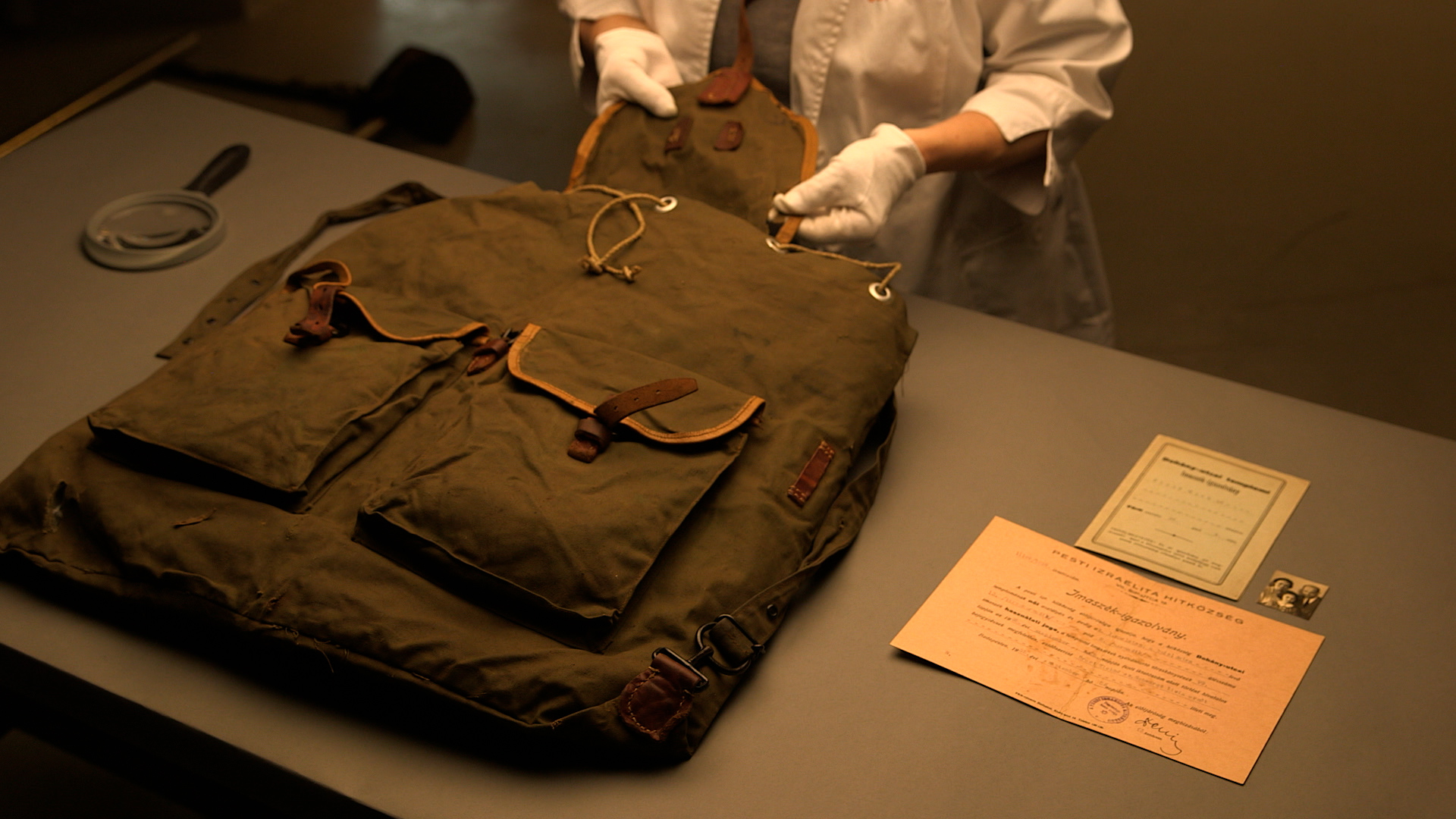
The Backpack
The Brust family could not carry much as they set out on their dangerous journey to escape persecution, dressing in layers and taking a backpack as they moved from place to place.
-
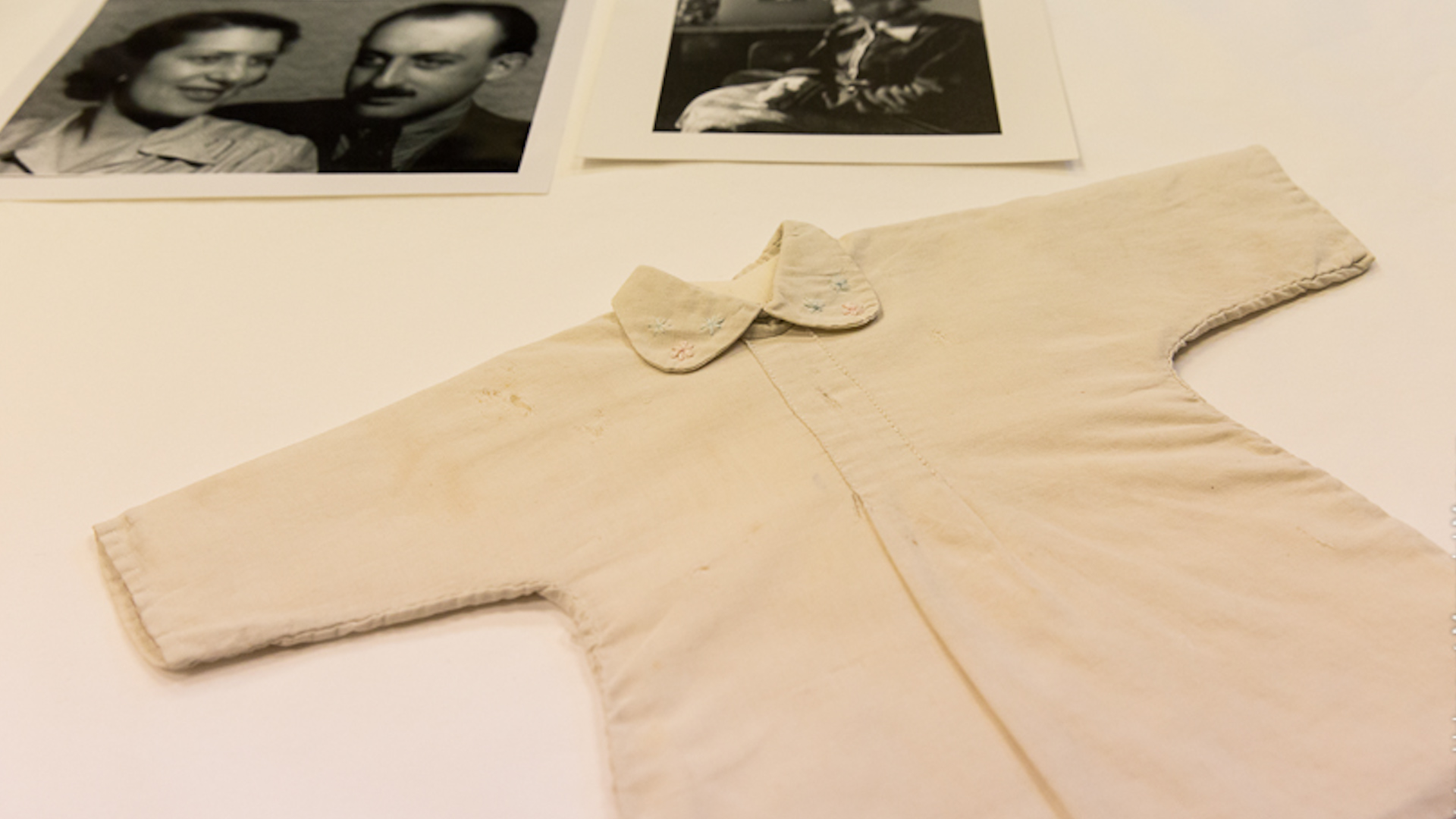
The Baby Clothes
Priska Löwenbein was two months pregnant when she was deported to Auschwitz in 1944. Against all odds, she stayed alive and concealed her pregnancy.

